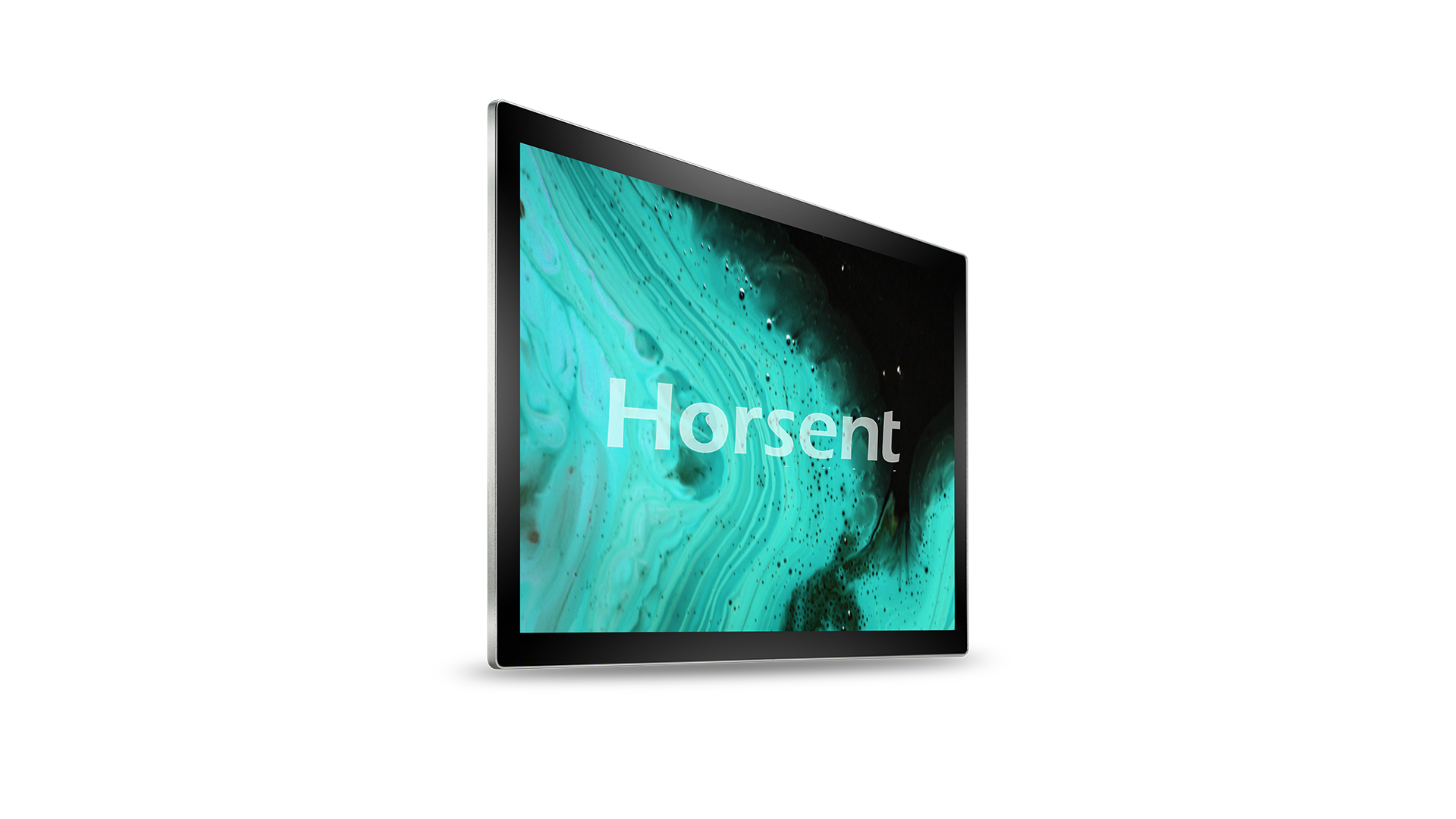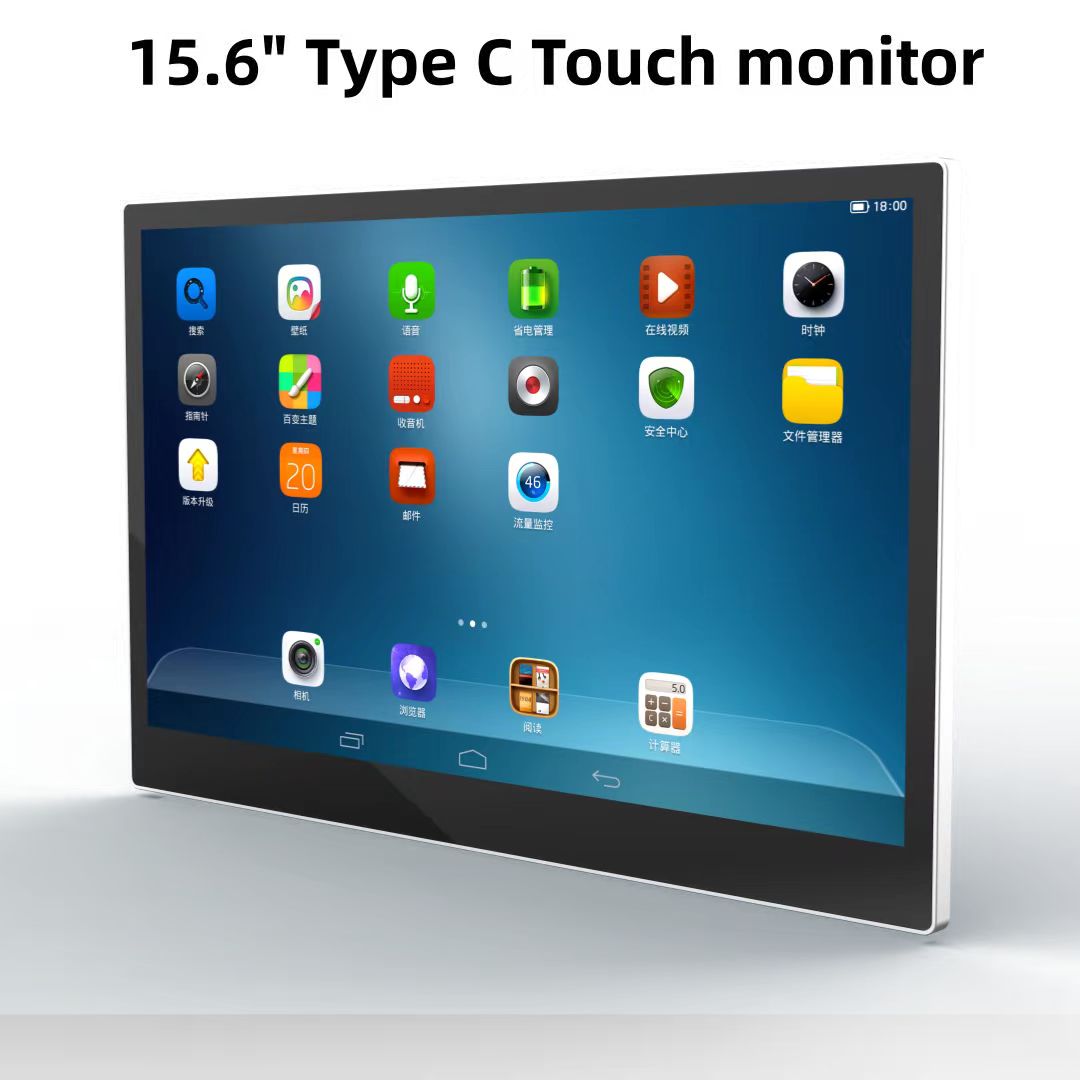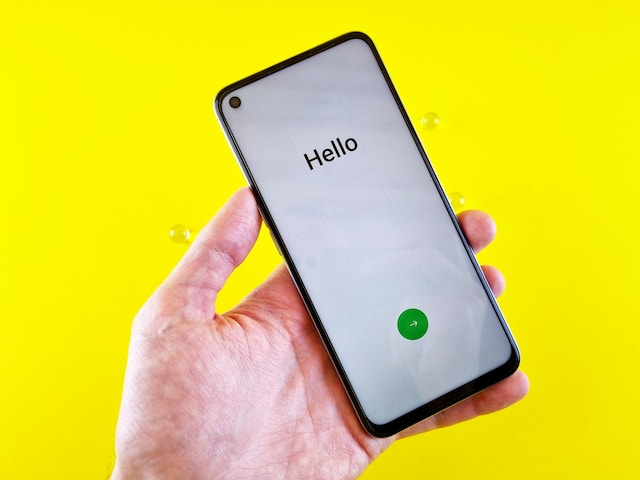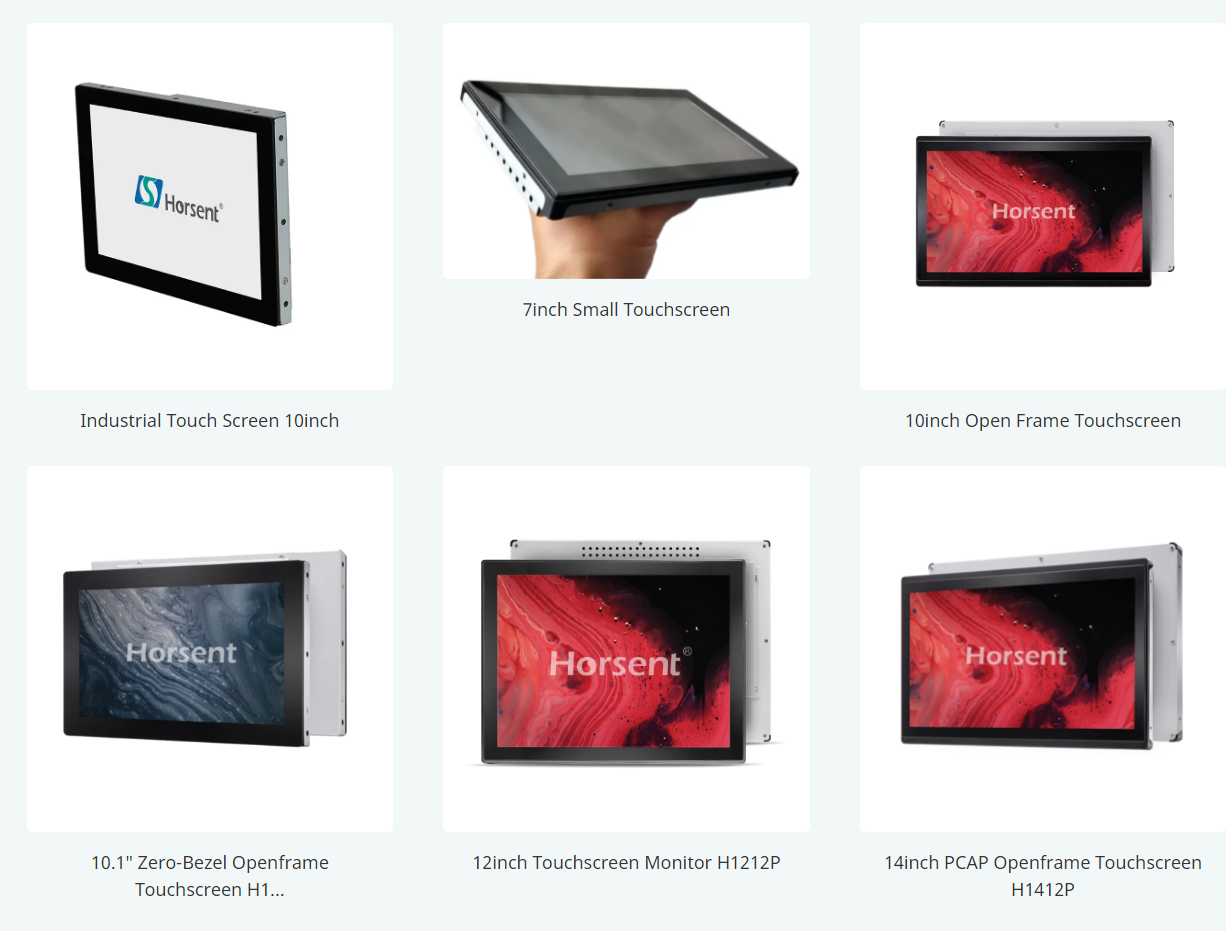With the rapid advancement in technology, touchscreens have become an integral part of our daily lives. Whether it’s smartphones, tablets, monitors or other electronic devices, touchscreens have revolutionized the way we interact with technology. When it comes to touchscreens, there are many types of touch screens on the market, the more common ones are resistive touch screen (RTP), capacitive touch screen (CTP), surface acoustic wave touch screen and infrared touch screen. At present, the most widely used touch screens are mainly capacitive touch and resistive touch. In this article, let’s explore the characteristics of capacitive touchscreen and resistive touchscreen and provide insights to help you make an informed decision when choosing between them.
Capacitive Touchscreens:
Capacitive touchscreens are widely used in modern devices due to their superior performance and responsiveness. They employ a conductive layer that registers touch by measuring the changes in electrical current when a conductive object, such as a finger, comes into contact with the screen. Capacitive touchscreens are known for their multitouch capabilities, allowing users to perform gestures like pinch-to-zoom and swipe effortlessly. They provide a smooth, highly accurate, and precise touch experience.
Resistive Touchscreens:
Resistive touchscreens are an older technology commonly found in certain industrial, medical, and automotive applications. Unlike capacitive touchscreens, they consist of multiple layers, typically two flexible sheets with a thin air gap in between. The pressure applied to the screen causes these layers to make contact and trigger a touch response. Resistive touchscreens are less sensitive to input and typically require a stylus or fingernail for accurate interaction. They may not support multitouch gestures and are not as responsive as capacitive touchscreens.
How to choose
When deciding between capacitive and resistive touchscreens, several factors come into play. Here are some points to consider:
1.Application: The intended use of the device plays a crucial role in the choice. Capacitive touchscreens are ideal choice for commercial display like Cash register, self-service terminal equipment, where multitouch and precise input are required. Resistive touchscreens are better suited for applications where gloves or stylus use is necessary, such as industrial or medical equipment.
2.Sensitivity: Capacitive touchscreens provide a higher level of sensitivity, resulting in a more responsive and accurate touch experience. If precise input and smooth navigation are essential, capacitive touchscreens are the preferred choice.
3.Environment: Capacitive screen is easily affected by changes in environmental temperature, humidity, electric field and other factors, which may lead to misoperation. Resistive screen is not easy to be affected by dust, water vapor and oil, can be used in a lower or higher temperature environment, can adapt to harsh environments.
4.Durability: Resistive touchscreens are moderately durable with scratch-resistant top layers but can be less resilient to excessive force and may require more frequent replacements. On the other hand, capacitive touchscreens are generally more durable, thanks to their solid glass surface which is resistant to scratches and physical impact.
5.Cost: Resistive touchscreens are generally less expensive to manufacture, making them a viable choice for budget-conscious solutions. Capacitive touchscreens, with their advanced technology and superior performance, are often associated with higher costs.
Horsent is a professional touchscreen monitors manufacturer. No matter you want capacitive or resistive touchscreen, we can satisfy all your requirements, provide customized design and products.
Post time: Sep-06-2023

































